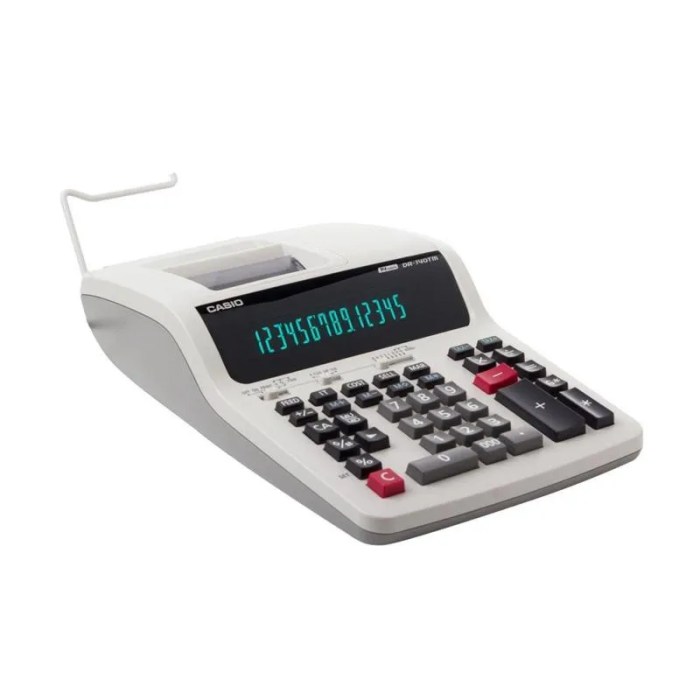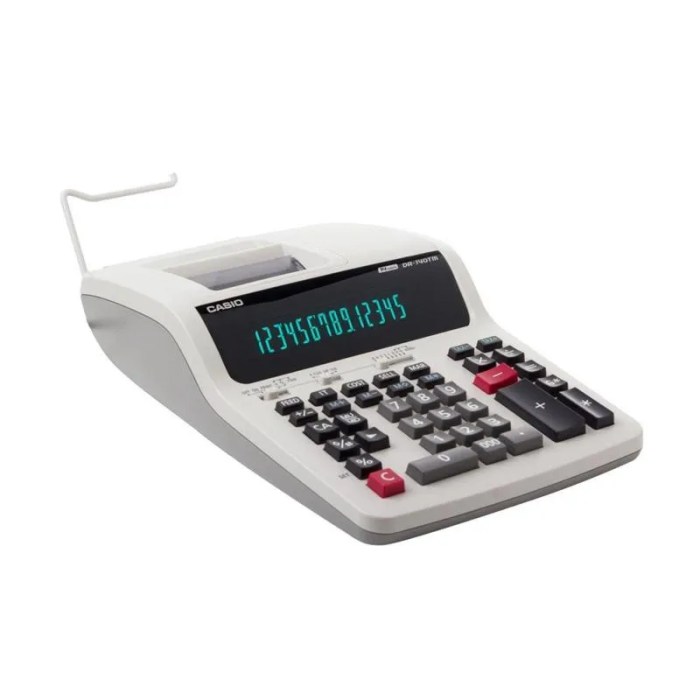The History of Casio Calculators: Doctor Casio

Casio calculators have played a pivotal role in the evolution of personal computing, from their humble beginnings as simple four-function calculators to their advanced scientific and graphing capabilities. Their journey is marked by innovation, affordability, and a constant pursuit of making technology accessible to everyone.
Early Years and the Dawn of the Electronic Calculator
Casio’s foray into the world of calculators began in the 1950s, initially focusing on the development of electronic cash registers. This early experience in electronics paved the way for their first foray into the calculator market in 1957 with the release of the Casio 14-A, a desktop calculator that used vacuum tubes. While groundbreaking for its time, the 14-A was bulky and expensive, limiting its widespread adoption.
The Rise of the Compact Calculator: The Casiotone and the FX-1, Doctor casio
The 1970s saw a revolution in calculator technology with the advent of integrated circuits. Casio embraced this innovation, introducing the Casiotone 100 in 1972, a compact, pocket-sized calculator that was affordable and easy to use. This was followed by the groundbreaking FX-1 in 1972, the world’s first pocket-sized scientific calculator, making complex calculations accessible to a wider audience.
The “Doctor” Series: A Revolution in Scientific Computing
The “Doctor” series, introduced in the late 1970s and early 1980s, marked a significant milestone in Casio’s calculator development. These models, designed for advanced scientific and engineering calculations, were renowned for their powerful features and user-friendly interfaces.
Key Features of the “Doctor” Series
- Advanced mathematical functions: The “Doctor” series offered a comprehensive range of scientific functions, including trigonometry, logarithms, exponentials, and statistics, catering to the needs of students, professionals, and researchers.
- Programmable memory: The “Doctor” series calculators allowed users to store and execute programs, enabling complex calculations and repetitive tasks to be automated. This feature was particularly valuable for students and engineers working on complex projects.
- User-friendly design: Despite their advanced capabilities, the “Doctor” series calculators were designed with user-friendliness in mind. They featured intuitive key layouts, clear displays, and comprehensive documentation, making them accessible to users with varying levels of technical expertise.
The “Doctor” Series: Comparison with Other Casio Calculators
The “Doctor” series stood out from other Casio calculator models, including the popular fx-82 and fx-83 series, due to their advanced capabilities and target audience.
Key Differences:
| Feature | “Doctor” Series | fx-82/fx-83 Series |
|---|---|---|
| Target Audience | Students, professionals, and researchers requiring advanced scientific and engineering calculations | Students and professionals requiring basic to intermediate scientific calculations |
| Functions | Comprehensive range of scientific functions, including programming, statistics, and calculus | Basic scientific functions, including trigonometry, logarithms, and exponentials |
| Display | Larger, high-resolution displays for complex calculations and graphical representations | Smaller, standard displays for basic scientific calculations |
| Memory | Programmable memory for storing and executing programs | Limited memory for storing equations and constants |
Doctor casio – Find out further about the benefits of seiko watches jomashop that can provide significant benefits.
